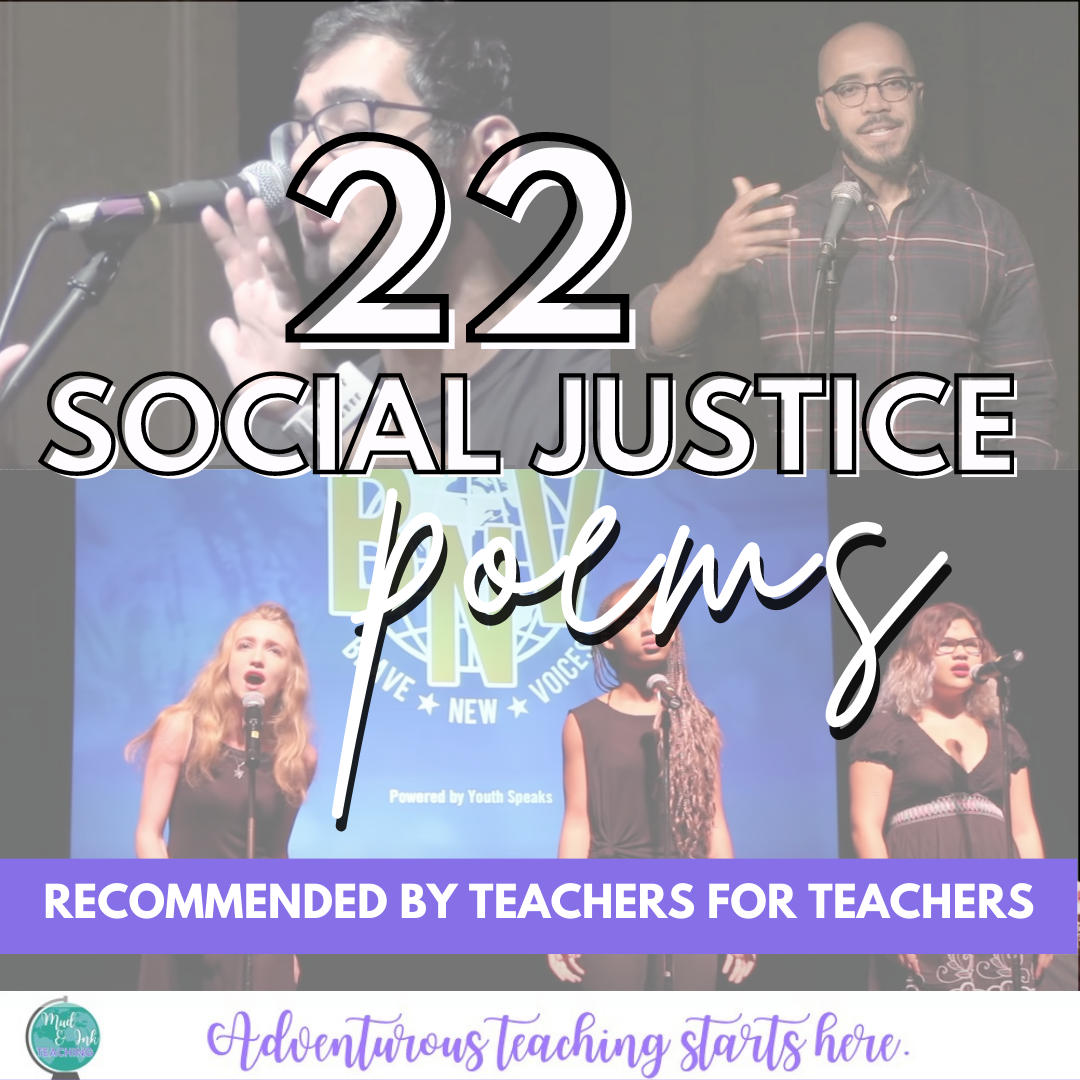
ADVENTUROUS TEACHING STARTS HERE.
22 Teacher Favorites: Poems for Social Justice
Poetry is one of my favorite vehicles to have these critical thinking discussions about social justice. The voices in poetry are so raw, real, and products of the moments from which they came. This list of 22 came from talking to teachers online about their favorites to use in the classroom, as well as my own experience teaching poetry and creative writing.
Three Myths about Close Reading
Close reading is often confused or made synonymous with things it most definitely is not, making it seem too scary to even approach. Maybe you’ve tried it, hit a wall of frustration and abandoned-ship. Well, it’s time to replace frustration, uncertainty and fear with the truth, and bust three common myths of close reading.




